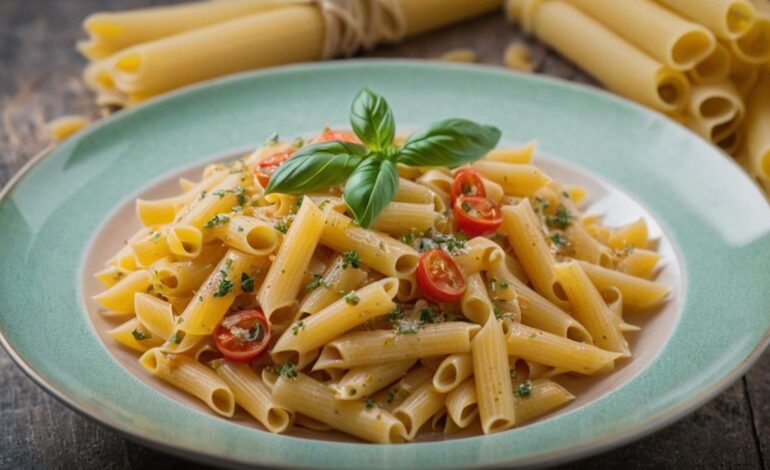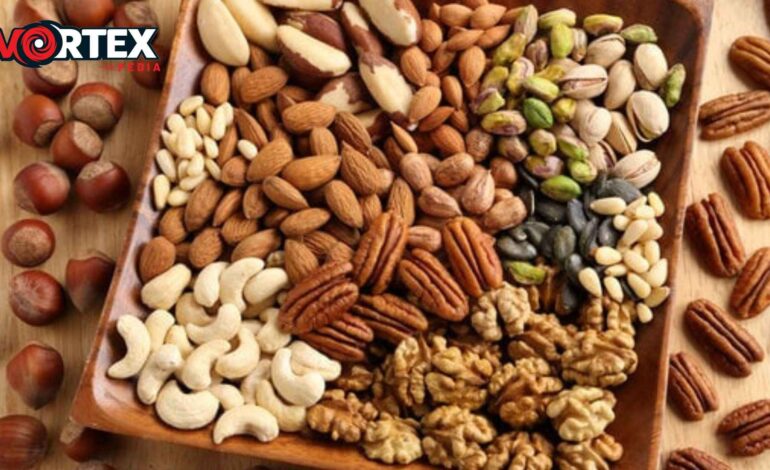
World Pasta Day – Celebrating the Global Love for Pasta
Introduction:
World Pasta Day which is observed on the 25th of October is all about pasta, the world’s favorite dish. In fact, any type of pasta such as spaghetti, penne, fettuccine, or macaroni has become popular in many different kitchens worldwide. This simple and ordinary pasta product which is derived from ground wheat flour and water has traveled a long way from its Italian roots by becoming a favorite food around the world.
In this article, we will pay attention to the history of pasta, its role in culture, various types of applications, and pasta production benefits and consequences for the environment. Alright, let me introduce you to the topic of pasta in rather more detail and from a few perspectives.
1. The Historical Perspective:
Pasta has been around for thousands of years, but scholars’ accounts of this food’s history are contradictory. Pasta is, some think that it was first brought to Italy by Marco Polo in the thirteenth century from China. Italians are believed to have been preparing foods similar to pasta as early as around the 4th century BC, and so the myth of Polo as the discoverer of pasta holds no water.
Civilizations such as the Etruscans were known to enjoy some form of dough from cereals, which they then baked, and from this, we see hints of pasta. Pasta spread out all over the Mediterranean during the Middle Ages, but with the addition of tomato-based sauces towards the end of the 18th century, it really came into its own as a primary component of Italian dishes.
Fun Fact: Wow, most of the old pasta dishes did not have a salty taste, instead they were sweet and spicy.
2. The Delicious Perspective:
When we think about weeknight dinners or over-the-top fancy dinners, pasta seems to be a staple in cuisines around the globe. The fact is that there are actually many different types of pasta out there, some better for thick sauces, some better for thin sauces, some better for cooking a long time, and some better for simply boiling, some specific to certain regions. For instance:
- Marinara which is lightly based on tomatoes goes well when used to prepare spaghetti.
- Being thin, firm, and flat, fettuccine is suitable only for creamy sauces such as Alfredo type.
- Penne is particularly suitable for spoon-thick-based sauces such as bolognese or arrabbiata because of its groovy surface.
World Pasta Day is not only a time to sit down with your favorite pasta meal but also a time to try new recipes. Current trends indicate that pasta is produced in vegan, gluten-free, and whole-grain options which makes pasta quite versatile.
Pro Tip: You should attempt making it at home sometimes, the process is a lot less complicated than you probably think and the taste is vastly superior to store-bought pasta!
3. The Cultural Perspective:
While pasta is deeply rooted in Italian culture, it has been embraced and transformed by many other countries:
- In Japan, pasta is used in the preparation of meals that are unique to the Japanese culture, such as Wafu pasta which is made using Japanese condiments like soy and seaweed.
- In the United States, it has shifted from its original form to more familiar dishes such as macaroni and cheese, lasagna, and spaghetti complete with meatballs.
- Regionally, small pasta shapes can be used as an ingredient in soup or stew-type meals as is the case with Orzo prepared in Greece.
Every tradition is fabulous in interpreting pasta, and that is why people across the world love it so much.
4. The Environmental Perspective:
The environment has become a hot issue in the last few years, and it has influenced almost all aspects of pasta production. In recent years, people have become increasingly aware of the earth’s commodities, making pasta a relatively sustainable food. Pasta is better, it has lower values of direct emissions of greenhouse gases associated with land, water, and energy use.
Moreover, the new idea of making pasta from such grains as spelt or kamut, or pasta made of beans (lentil or chickpea pasta) makes this type of food even more environmentally friendly.
Did you know? When evaluated on an exchange basis, a serving of conventional durum wheat pasta results in a considerably improved environmental footprint compared to most other grain products.
5. The Health Perspective:
Pasta often has a poor standing as being filled with carbohydrates yet the macronutrient can be a good nutrient for any meal. Here’s how:
- Whole grain pasta contains fiber, so it helps with digestion, also, it helps manage the level of glucose in the blood.
- Pasta also contains other carbohydrates, known as the complex ones that are good for supplying energy for quite a time.
- Since pasta can be served with vegetables, lean proteins and healthy oils such as olive oil, those starchy foods are beneficial if taken in moderation.
- Furthermore, for people who have gluten intolerance problems, it is pleasing to note that today there is gluten-free pasta from rice, quinoa, or legumes.
Health Tip: Remember to never overfill your plate with pasta and instead complement it with loads of vegetables and some protein.
6. The Social Perspective:
In essence, pasta has always been that one food that unites everyone. Most families possess healthy pasta recipes that have been inherited from one generation to the other, thus building up close relations. In many an Italian family, what we know as Sunday dinners tend to center on pasta dishes such as spaghetti carbonara or lasagne.
In fact, wherever Italians have traveled around the world, pasta seems to take a prime place at any party or time of celebration. World Pasta Day is a perfect occasion for people to reunite with their loved ones around the dinner table to share new stories about the food we love.
Celebrating World Pasta Day:
Today there are countless activities with which people can choose to commemorate World Pasta Day. You can try out a new kind of pasta, you can go out for Italian food, or you can learn how to make pasta. Some fun ideas include:
- Pasta-making with friends comes over and each makes their very own shapes.
- Having a pasta bar at home is by selecting varying sauces and toppings for people to make their own pasta meals.
- Cooking a kind of pasta that is unfamiliar to you, for instance, bucatini or orecchiette.
This feast can be largely associated with social networks, where the hashtag #WorldPastaDay is used every year. This is what Italians and people all over the world share: photos of their favorite pasta dishes so everyone gets a taste of the pasta love.
Conclusion:
People of all ages continue to enjoy pasta because this food is very diverse, culturally relevant, and simply yummy. They may have to eat it in a simple, fast way but many still love pasta as the artists above were drawing yummy Italian food Even when pasta is made into fine dining recipes it still has the power to bring people from different cultures with their similar pasta preferences together.
As we celebrate World Pasta Day not only should we enjoy our favorite pasta meals but also learn more about the history of pasta and its variety or cultural importance and its future. From Italy to Japan, from the Middle East to the Americas, pasta has now emerged as the new age of global comfort food. Therefore, collectively raise a fork, read this, and hence celebrate the simple pleasure of eating pasta.








